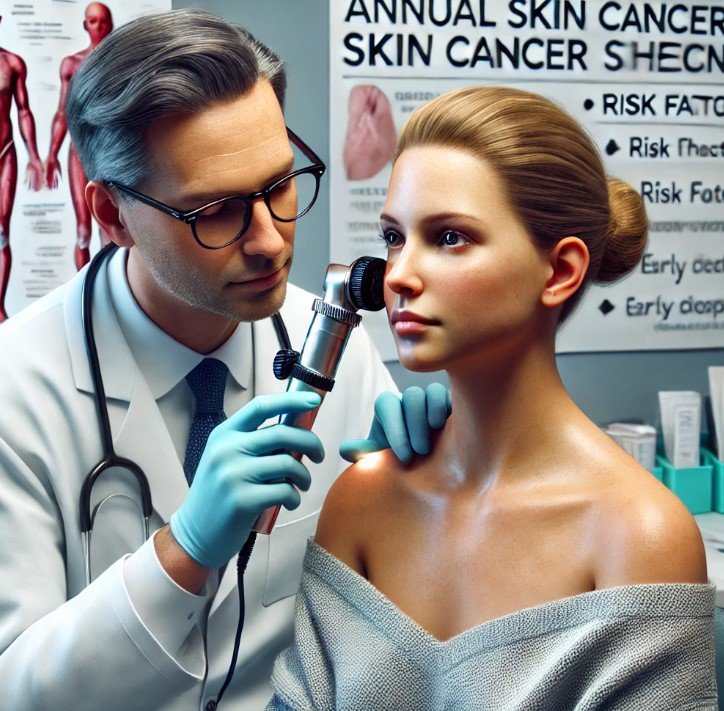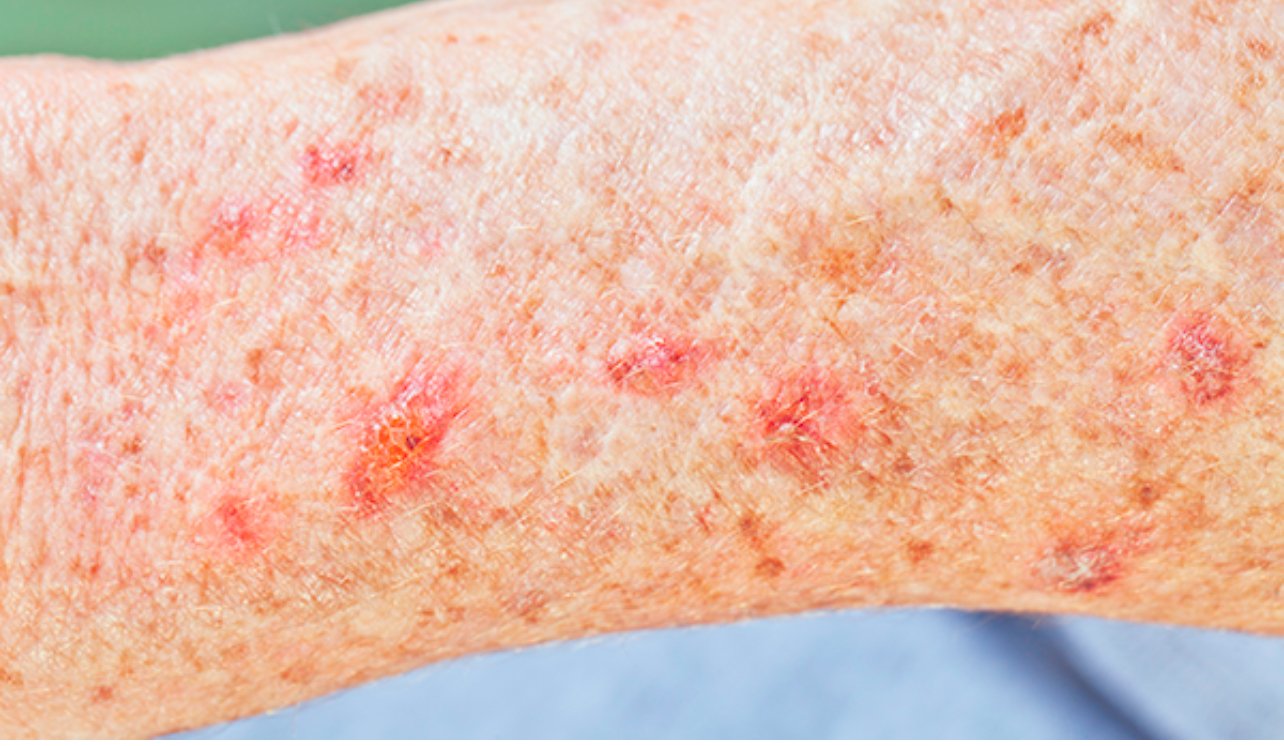
The Truth About Squamous Cell Carcinoma: What You Need to Know Now!
Squamous Cell Carcinoma (SCC) is one of the most common types of skin cancer, second only to basal cell carcinoma. It arises from the squamous cells, which are found in the outer layer of the skin (the epidermis). This type of cancer can develop in any part of the body but is most commonly found in areas frequently exposed to the sun, such as the face, ears, neck, and hands. Understanding how to detect and treat SCC is crucial for ensuring effective management and improving patient outcomes.

Basal Cell Carcinoma: The Hidden Skin Threat You Need to Know About
Skin cancer is a growing concern worldwide, with basal cell carcinoma (BCC) being the most common type. Often overlooked due to its slow-growing nature, BCC can cause significant damage if not treated promptly. As a medical dermatologist, I aim to shed light on this pervasive condition, providing crucial insights and answering frequently asked questions.

Understanding the Different Types of Skin Cancer
Skin cancer is the most common type of cancer, affecting millions of people worldwide each year. It occurs when skin cells grow uncontrollably and form malignant tumors. As a medical dermatologist, it's crucial to raise awareness about the various types of skin cancer, their symptoms, causes, and preventive measures. This article aims to provide a comprehensive understanding of skin cancer, focusing on the three main types: basal cell carcinoma (BCC), squamous cell carcinoma (SCC), and melanoma.

Why You Shouldn’t Skip Your Annual Skin Cancer Screening
A medical dermatologist sees firsthand the impact that skin cancer can have on patients’ lives. Despite its prevalence, many people still underestimate the importance of regular skin cancer screenings. This article aims to shed light on why these screenings are crucial for everyone, regardless of age or skin type. We'll also address some frequently asked questions to help you understand the process and importance of these screenings.

Melanoma: Recognize Symptoms, Understand Risk Factors, and Explore Treatments
Melanoma, often referred to as the most dangerous form of skin cancer, lurks quietly, making early detection and awareness paramount. The mission of a medical dermatologist is to educate and empower individuals to recognize the symptoms, understand the risk factors, and explore the available treatments for melanoma. In this comprehensive guide, we'll explore the essentials of melanoma, answer frequently asked questions, and provide insights that could potentially save lives.

How to Identify Early Signs of Skin Cancer: A Dermatologist's Guide
Skin cancer is one of the most common types of cancer, yet it is also one of the most preventable. Early detection is crucial for effective treatment and better outcomes. The goal of this brief article is to help educate you on how to identify the early signs of skin cancer. This guide will provide you with essential information, including frequently asked questions, to help you stay vigilant about your skin health.
